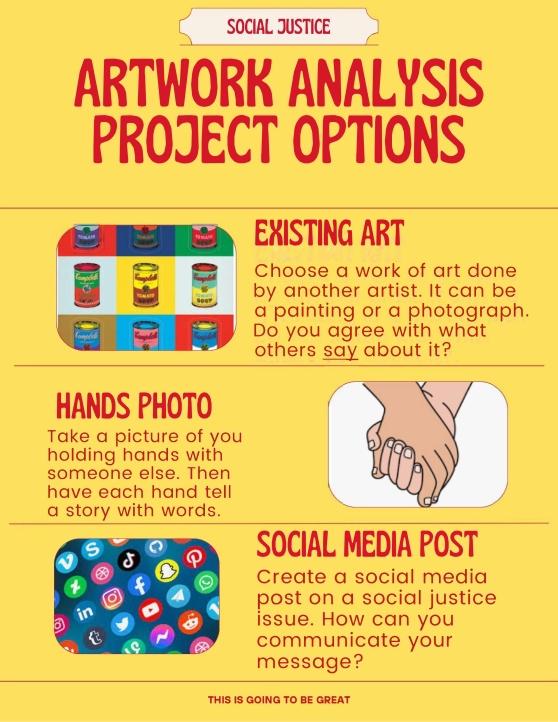
Offering students some choice in how they approach an assignment helps keep them engaged.
In my work as a 10th-grade social studies teacher, I’ve found that fostering student agency — allowing students some choices and control over how their day goes — increases engagement.
Here are some ways that a classroom teacher can encourage student agency in the classroom.
Routinely survey your students and use that information to design lessons. Find out your students’ birthdays, languages spoken at home, preferred learning styles, hobbies or talents, the holidays they celebrate and so on. Not only does it build classroom community, but it also gives teachers valuable information. By considering students’ interests, teachers can design lessons that will be deeply engaging — from using Minecraft to teach a unit on building sustainable cities to teaching a cooking class to reinforce the concept of ratios. Surveys can also keep teachers alert to their students’ needs beyond the classroom.
Offer a choice of “do now” activities. For warm-ups, I offer one option that is content-based and another that is a social-emotional check-in. Students can choose one or both. For example, in my law class, I might pose one question asking students to provide an example of an intentional tort and another asking them to describe how their day is going. For younger students, you might offer the choice of working through a math problem or describing their homework routine in a few sentences. When it comes to content, we won’t always reach all of our students, but we can always reach out to see how they are doing.
When practical, allow students to choose to work alone or in groups. In my law class, I give students three minutes to read an article about a legal topic. Then, I’ll pose a question they have to answer. They have the option to work through the question alone, in pairs or in triads when formulating their responses on chart paper. The students who need more support can work together in a small group, friends can pair up, and if someone prefers to work alone, that’s fine, too.
Give students a say in the projects they choose to research and how they present their learning. For example, in my social justice class, I provide for lots of student choice in an artwork analysis project. First, I ask the students to list the things that should be included in the components of the project. Should it be limited to museum artwork or expanded to include social media? Then I ask them how they would like to present their final projects. My students may make suggestions ranging from the inclusion of photography and music videos to interviews and Canva presentations. Using their input, I offer three options, on a choice board, of how to engage with art analysis and present their learning.
Having agency increases students’ participation. When teachers design and implement lessons that give their students “choice and voice,” the students have more opportunities to demonstrate and therefore deepen their learning, which improves their educational outcomes.
Shawn Fisch is a 10th-grade social studies teacher and a Teacher Center site coach at Long Island City HS in Queens.